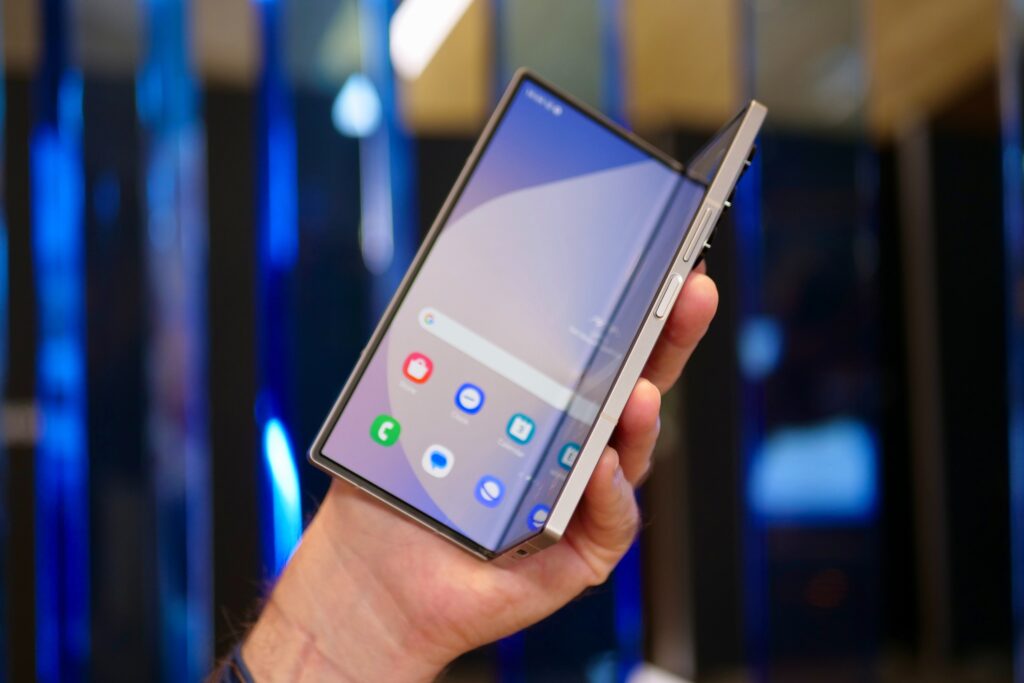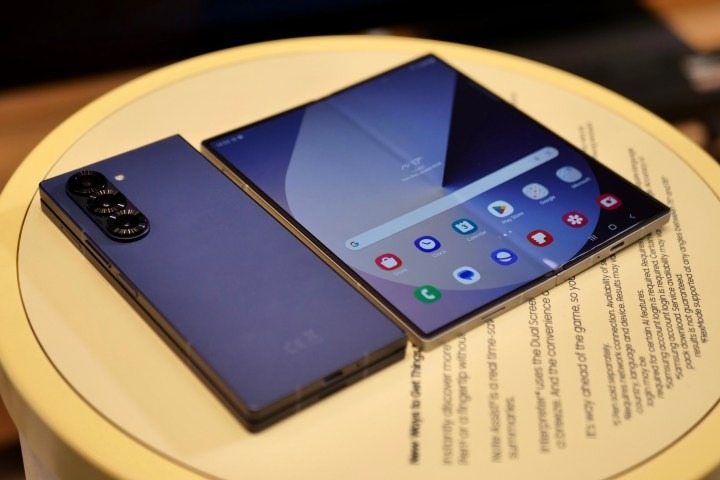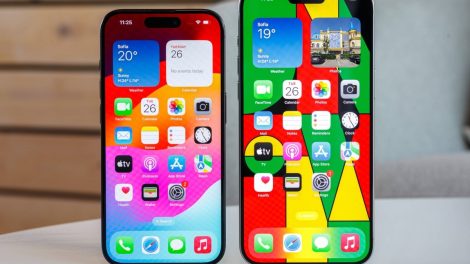The world of smartphone photography is constantly evolving, with manufacturers pushing the boundaries of what’s possible with mobile camera technology. Foldable phones, with their unique form factors, have presented both challenges and opportunities in this arena. The Samsung Galaxy Z Fold 6 appears to be at the forefront of this innovation, potentially redefining what users can expect from cameras on foldable devices.
As foldable phones become more mainstream, the quality of their cameras has become a crucial differentiating factor. The Galaxy Z Fold 6’s reported performance in DxOMark’s tests suggests that Samsung has made significant strides in addressing one of the key concerns users have had about foldable devices – camera quality.
In this article, we’ll explore the details of the Galaxy Z Fold 6’s camera system, how it compares to other foldable and non-foldable flagships, and what this means for the future of mobile photography. We’ll also consider how these advancements might influence consumer choices and the broader smartphone market.

Galaxy Z Fold 6: A Camera Powerhouse
According to DxOMark’s assessment, the Galaxy Z Fold 6 is setting new standards:
- Achieved the highest camera score among all foldable phones
- Overall camera score of 133 points, on par with flagship non-foldable phones
- Particularly impressive zoom performance, scoring 135 points in this category
Impressive Hardware Specs
The Galaxy Z Fold 6 boasts a versatile triple-lens rear camera system:
- 50MP primary sensor for high-resolution photos
- 12MP ultrawide sensor for capturing expansive scenes
- 10MP telephoto sensor with 3x optical zoom for detailed long-range shots
Outperforming the Competition
The Fold 6’s camera performance is notable when compared to other foldable devices:
- Surpasses the Google Pixel Fold in zoom capabilities, despite the Pixel’s higher-resolution telephoto lens
- Matches the camera performance of non-foldable flagships like the iPhone 14 and Samsung Galaxy S24 series
The Zoom Factor: A Game-Changer?
One of the standout features of the Fold 6’s camera system is its zoom capability:
- Achieves a zoom score of 135 points, significantly higher than the Pixel Fold’s 117 points
- Suggests Samsung has made advancements in image processing and software optimization
- Could be a key selling point for users who prioritize long-range photography
Beyond the Numbers: Real-World Performance
While DxOMark scores provide valuable insight, it’s important to consider:
- How the camera performs in various lighting conditions and scenarios
- User-friendliness of the camera app and special features
- The unique advantages of shooting with a foldable form factor
Implications for the Foldable Market
The Fold 6’s camera performance could have broader implications:
- May help address concerns about compromises in foldable phone cameras
- Could influence other manufacturers to prioritize camera quality in foldable devices
- Might attract photography enthusiasts to consider foldable phones more seriously
The Bigger Picture: More Than Just the Camera
While camera quality is crucial, potential buyers should also consider:
- Overall performance and processing power
- Display quality and durability of the folding mechanism
- Battery life and charging capabilities
- Software optimization for the foldable form factor
Looking Ahead: The Future of Foldable Photography
The Galaxy Z Fold 6’s camera performance raises interesting questions:
- How will other manufacturers respond to Samsung’s advancements?
- What new camera features might be possible with future foldable designs?
- Could foldable phones eventually surpass traditional smartphones in camera quality?
Your Thoughts: The Role of Cameras in Foldable Phones
We’d love to hear from our readers:
- How important is camera quality in your decision to consider a foldable phone?
- What camera features would you like to see in future foldable devices?
- Do you think the Galaxy Z Fold 6’s camera performance will influence your next smartphone purchase?
Share your thoughts in the comments below! Your insights could help fellow tech enthusiasts understand the evolving landscape of foldable phone photography and spark further discussion about the future of mobile imaging technology.










Add Comment